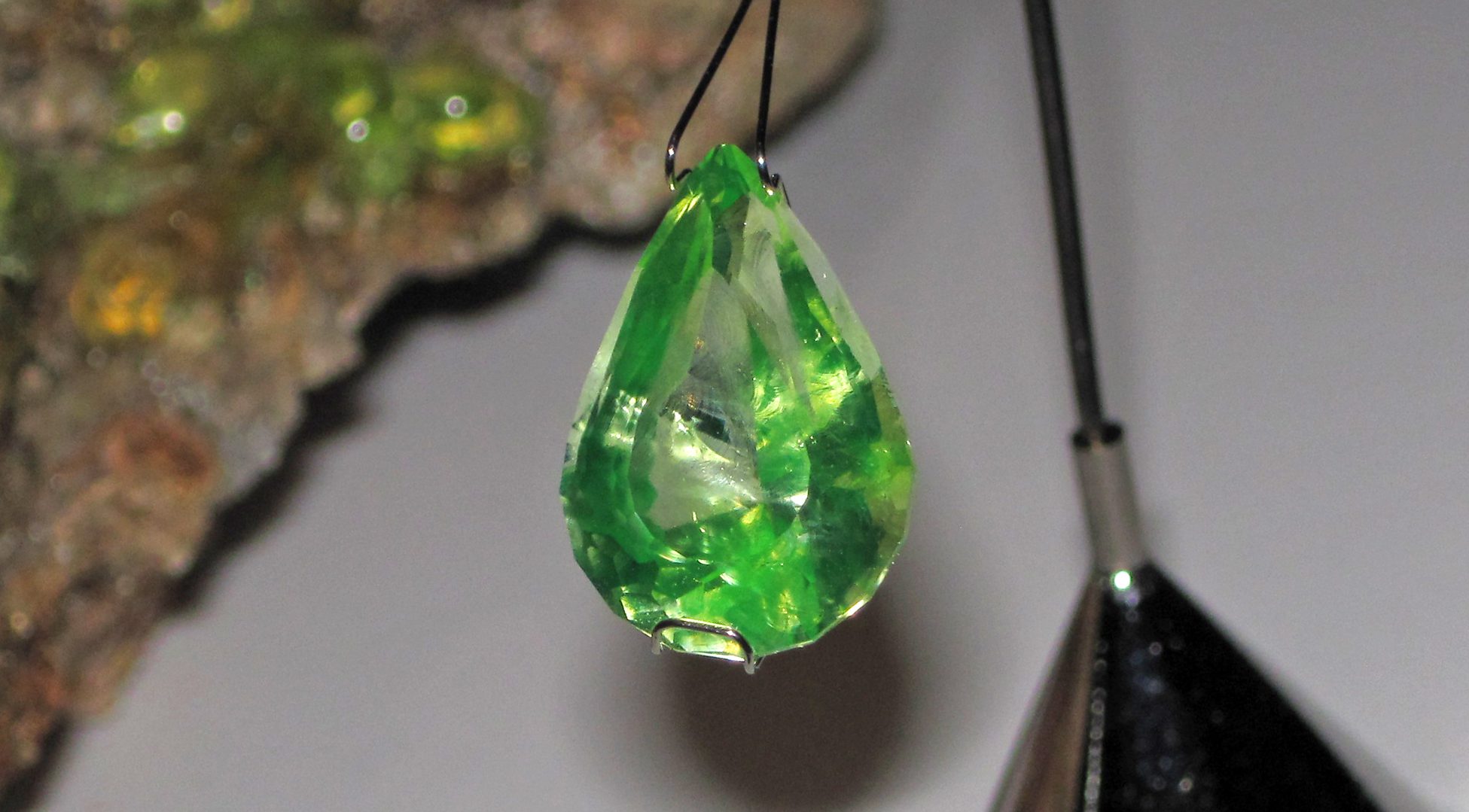Toxic and Radioactive Gems: Safety Tips
If you're considering adding toxic and radioactive gems to your collection, be on the safe side. Learn the basics of toxicity, how to minimize exposure, and the symptoms of toxicity due to heavy metals.
9 Minute Read
Know What You’re Working With
It may seem obvious, but understanding the safety hazards of the gem that you’re handling is essential to finding the right tools to keep yourself safe. Learn the signs of acute and chronic exposure to these hazards. If you experience any symptoms, call for emergency services.
This gemstone toxicity table has information on several toxic and radioactive gems.
An Introduction to Toxicity
Toxicity is simply the ability of a material to damage an organ. Toxicity may arise from chemical reactions, physical reactions, or biological infection. Furthermore, each material can have one or more toxic attributes. Understanding the types of toxicity and toxicity pathways will help you stay safe.
Chemical
For most people, chemical toxicity is the most familiar type of toxicity. This includes toxicity related to lead, mercury, and copper, for example. These materials are toxic because they react chemically with one or more organs. Exposure pathways include inhalation, ingestion, dermal contact, and mucous membrane contact.
Radioactive
Radioactivity is a type of chemical reaction which doesn’t require direct contact with the material. Exposure to excessive radiation can cause radiation sickness, and special precautions are required to avoid exposure while working with radioactive gems.
Physical
…
Addison Rice
A geologist, environmental engineer and Caltech graduate, Addison’s interest in the mesmerizing and beautiful results of earth’s geological processes began in her elementary school’s environmental club. When she isn’t writing about gems and minerals, Addison spends winters studying ancient climates in Iceland and summers hiking the Colorado Rockies.
Related Articles
Faceting Made Easy, Part 5: Gemstone Transferring and Crown Cutting
How to Use a Color Wheel for Gem Faceting
Common Books About Stones and Faceting
Cleo Eye Gemstone Design for a Moissanite
Latest Articles
800 Years of Mogok: A Celebration in Tenuous Times
What is the Average Gemstone Faceting Yield?
Pyroxmangite Value, Price, and Jewelry Information
How to Identify Emerald Simulants and Synthetics
Never Stop Learning
When you join the IGS community, you get trusted diamond & gemstone information when you need it.
Get Gemology Insights
Get started with the International Gem Society’s free guide to gemstone identification. Join our weekly newsletter & get a free copy of the Gem ID Checklist!
